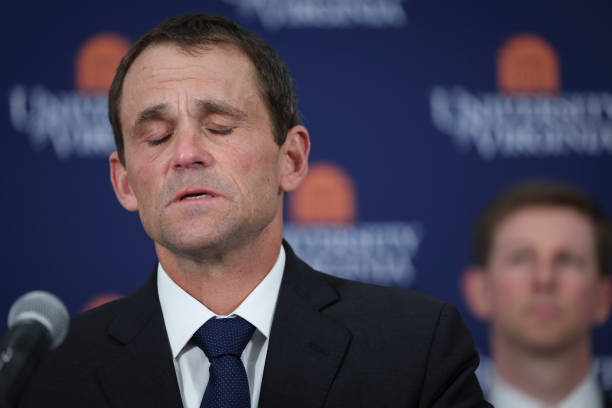(ThyBlackMan.com) It’s virtually undisputed that America faces a retirement problem, if not crisis. Many Americans lack sufficient savings to safeguard their retirement, according to the St. Louis Federal Reserve and others. A combination of low savings rates, longer life expectancy, and declining prevalence of corporate pensions are generating this crisis, which is coming to a head with 10,000 Baby Boomers turning 65 every day. An additional problem facing retirees is that their savings generate less income than in the past. In 2000, the 10-year treasury yielded over 7%; today it yields less than 2%. A retiree today needs to have three times as much saved to generate the same interest income as 20 years ago or invest in riskier assets.
Fortunately, the Federal Government could take action to protect Americans from low-interest rates and boost retiree income, at little to no cost, by launching a new Treasury bond program. To combat the dearth of income, the treasury should let every American citizen (not foreign investors or corporations) buy a perpetual bond with a yield of 5%. To ensure this program helps those in the middle and working classes who are at the epicenter of the retirement crisis and to keep wealthy Americans from receiving an excessive amount of risk-free income, there would be a cap on the amount of this bond anyone could own ($50,000 at 18, $100,000 at 30, $150,000 at 40, $200,000 at 50, and $250,000 at 60+).
This program would allow individuals to save for retirement and earn a reasonable return and then in retirement have a secure income. A married couple with a $500,000 nest egg could lock in a guaranteed $25,000 income stream. Combined with the average social security benefit of $17,000/year, they would have $42,000 in income (before accounting for any other savings they may have), enough for most to have a secure retirement. With this 5% locked in for life, retirees would never have to worry about Federal Reserve rate policy or treasury market gyrations on this portion of their savings.
This secure treasury bond program would clearly improve the living standard of retirees, but what about the cost? Fortunately, this program could be implemented at minimal, if any, the net cost to taxpayers. First, these perpetual bonds would replace existing treasury securities in circulation, meaning even with a $1 trillion deficit, the US treasury could fund entirely off this platform for some time.
Assuming 50% of the 250 million Americans over 18 participated with an average investment of $100,000, there would be $12.5 trillion of these securities, paying $625 billion in interest. Assuming these perpetual bonds replace treasuries that would yield 2%, the net cost is $375 billion per year (3% of $12.5 trillion). However, the true cost would be materially lower. As noted above, these bonds would be perpetual, giving retirees guaranteed income for life, but there is no set maturity. These bonds could be structured to pay back upon death at about 80%. In a sense, retirees would trade-off higher, sustained income for the duration of their life with a lower estate value to pass on to their heirs.
Assuming these bonds are held on average ten years, the federal government would enjoy $250 billion of debt forgiveness per year. On net, this program would cost about $125 billion per year. However, some of this cost will be mitigated by higher interest income tax revenue. In addition, retirees with more income will be able to spend more while those preparing for retirement will be able to save less knowing they can earn 5% on $250,000, allowing them to spend more today. These benefits should boost US economic activity, thereby increasing tax revenue. As such, this program will likely cost taxpayers less than $50 billion per year, or 1.2% of the Federal budget. A small price to protect the retirements of millions of middle-class Americans.
Furthermore, when the Fed cuts interest rates, that generally helps boost growth, but the loss of income to savers does limit the growth benefit of lower rates. By essentially segregating a pool of retirement savings from Fed policy, the central bank could more effectively implement interest policy to ensure full employment and stable prices.
Helping Americans feel secure in retirement should be a bipartisan policy, particularly when the benefits flow mainly to middle and working-class households and there is a minimal net cost to taxpayers. That is why I call on President Trump and Congressional Democrats to work together to create this 5% perpetual bond program.
President Trump succeeded in the 2016 Presidential Election because his conservative populism and America First agenda appealed to many working and middle-class Americans who felt the political establishments of both parties had left them behind. To succeed again in 2020, Trump cannot merely point to successes in his first term; he must also offer a positive vision of what policies he aims to implement in a second term.
A fiscally responsible way to help Americans save for and enjoy retirement while maintaining an expansionary low-interest-rate environment would be a compelling part of a policy platform. So if Congressional Democrats refuse to work with him to implement a proposal along the lines of a 5% perpetual bond program, President Trump should pledge to make it a first 100 day item of his second term and let Democrats try to explain why going-nowhere impeachment hearings were a better use of their time than securing millions of retirements.
Written by Scott Ruesterholz
Official website; https://twitter.com/Read_N_Learn

















Leave a Reply